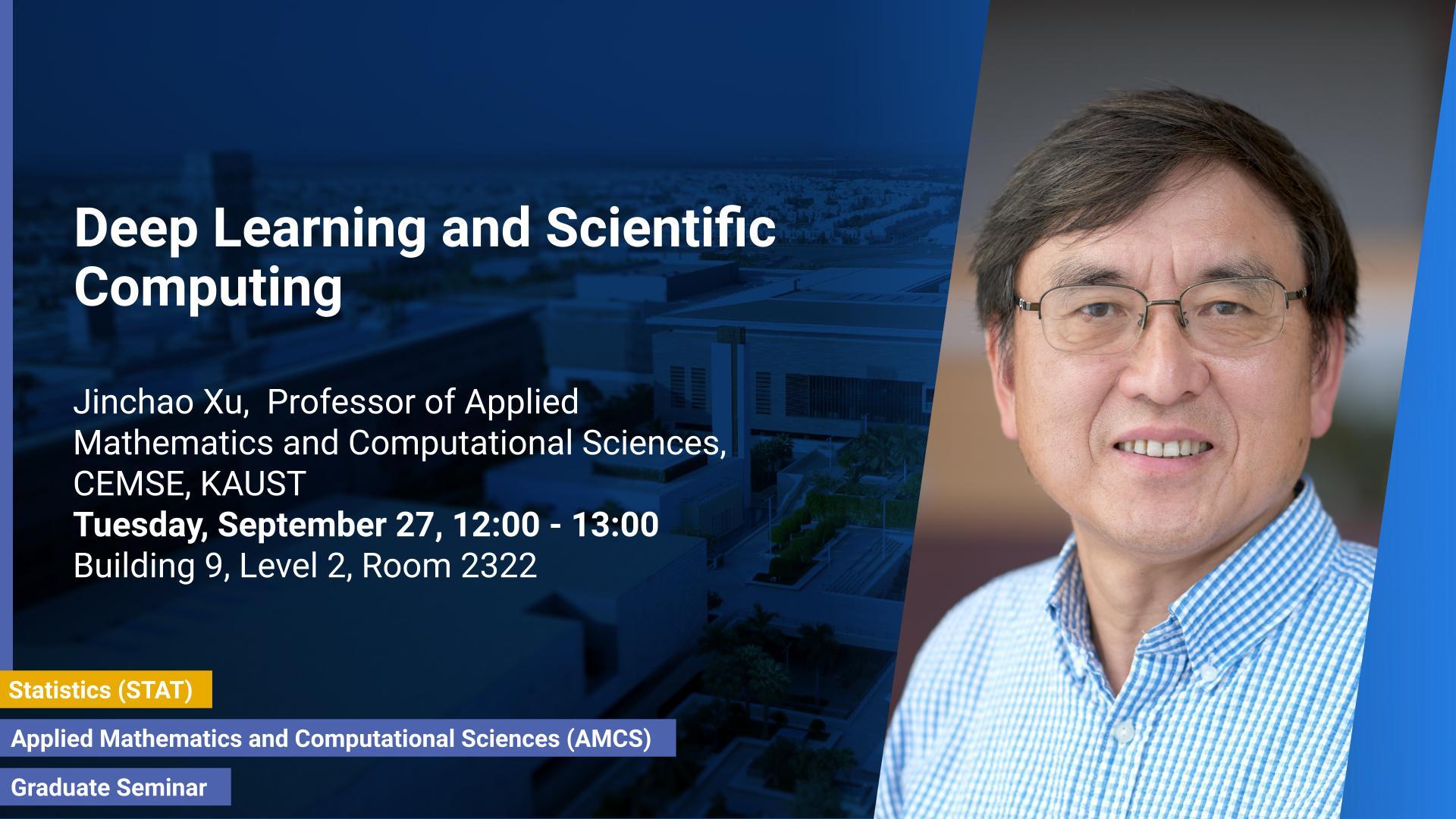Abstract
Deep Learning has found many successful applications in artificial intelligence (AI) for tasks such as image recognition, natural language processing, and autonomous driving. In this talk, I will first give an elementary introduction to basic deep learning models and training algorithms from a scientific computing viewpoint. Using image classification as an example, I will try to give mathematical explanations of why and how some popular deep learning models such as convolutional neural network (CNN) work. Most of the talk will be assessable to an audience who have basic knowledge of calculus and matrix. Toward the end of the talk, I will touch upon some advanced topics to demonstrate the potential of new mathematical insights for helping understand and improve the efficiency of deep learning technologies.
Brief Biography
Jinchao Xu was the Verne M. Willaman Professor of Mathematics and Director of the Center for Computational Mathematics and Applications at the Pennsylvania State University and is currently Professor of Applied Mathematics and Computational Sciences, CEMSE, KAUST. Xu’s research is on numerical methods for partial differential equations that arise from modeling scientific and engineering problems. He has made major contributions to the theoretical analysis, algorithmic developments, and practical application, of multilevel methods. He is perhaps best known for the Bramble-Pasciak-Xu (BPX) preconditioner and the Hiptmair-Xu preconditioner. His other research interests include the mathematical analysis, modeling, and applications of deep neural networks. He was an invited speaker at the International Congress for Industrial and Applied Mathematics in 2007 as well as at the International Congress for Mathematicians in 2010. He is a Fellow of the Society for Industrial and Applied Mathematics (SIAM), the American Mathematical Society (AMS), the American Association for the Advancement of Science (AAAS), and the European Academy of Sciences.


